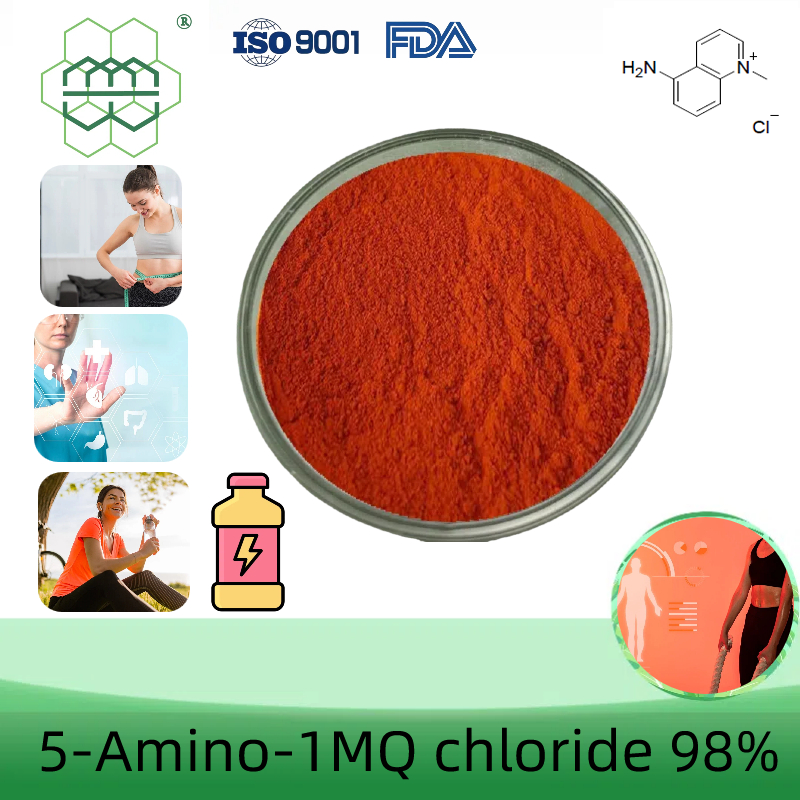What is sucrose fatty acid ester
-
Last Update: 2019-12-12
-
Source: Internet
-
Author: User
Search more information of high quality chemicals, good prices and reliable suppliers, visit
www.echemi.com
Introduction: sucrose fatty acid ester is very safe to human, non-toxic, and does not stimulate skin and mucous membrane So, what is sucrose fatty acid ester? Come and have a look with you! Sucrose fatty acid ester can enter into the spiral structure of starch The fatty group in sucrose ester can form complex with starch, which can make rice and flour products have good organizational structure and prevent starch from aging So, what is sucrose fatty acid ester? Let's have a brief introduction of Baibai safety net! What is sucrose fatty acid ester? Fatty acid sucrose ester, sucrose ester, Se for short A nonionic surfactant, a substance or mixture formed by esterification of sucrose and fatty acids Because sucrose contains 8-oh groups, various products from monoester to octyl ester can be formed after esterification It can be subdivided into mono fatty acid ester, di fatty acid ester and tri fatty acid ester Taking the - OH group of sucrose as the hydrophilic group and the carbon chain part of fatty acid as the lipophilic group, stearic acid, oleic acid, palmitic acid and other high-grade fatty acids (the product is in powder form) are commonly used, and acetic acid, isobutyric acid and other low-grade fatty acids (the product is in viscous resin form) are also used It is widely used in food, medicine, daily chemical, biological engineering enzyme preparation, oil exploitation, textile, agriculture and animal husbandry and other industries because of its non-toxic, easy biodegradation and good surface performance Synthesis of sucrose fatty acid ester: the common methods of synthesis of sucrose ester are solvent method, solvent-free method and microbial method At present, in addition to DMF (dimethylformamide), DMSO (dimethylsulfoxide), xylene, propylene glycol and water are the common solvents for the synthesis of sucrose esters The solventless method is to use sucrose, fatty acid methyl ester and sodium soap for transesterification without any solvent Solventless method can be divided into melting method, phase dissolving method and heterogeneous method With the development of bioengineering technology, it has been found that the lipases of microorganisms such as Rhizopus, enterobacter, Aspergillus, Pseudomonas, chromobacillus, Candida, myxomycetes and Penicillium can catalyze the reaction of sucrose and fatty acids to produce sucrose esters The above is a small series for you to introduce some of the contents of what sucrose fatty acid ester is, I hope to help you! If you want to know more about food safety Please pay more attention to Baibai Security Internet bar! Editor in charge: Wang Xiujuan
This article is an English version of an article which is originally in the Chinese language on echemi.com and is provided for information purposes only.
This website makes no representation or warranty of any kind, either expressed or implied, as to the accuracy, completeness ownership or reliability of
the article or any translations thereof. If you have any concerns or complaints relating to the article, please send an email, providing a detailed
description of the concern or complaint, to
service@echemi.com. A staff member will contact you within 5 working days. Once verified, infringing content
will be removed immediately.







